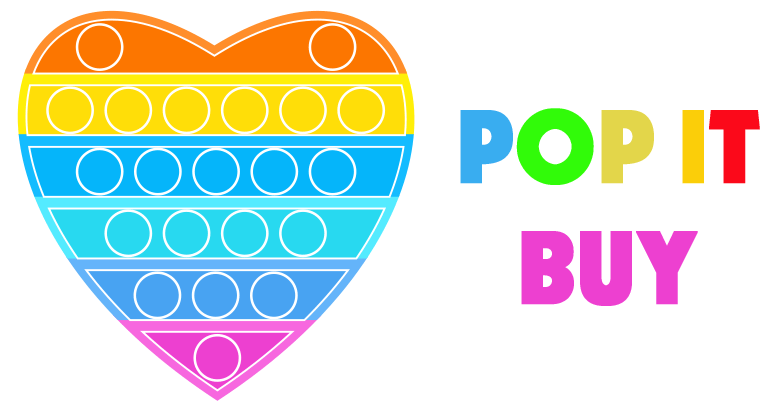Creating high-quality resin coasters is a fascinating blend of science and art. At the core of this process lies a deep understanding of materials, chemical reactions, and design considerations. Resin coasters have gained immense popularity not only for their functionality but also for their aesthetic appeal. They provide a perfect canvas for creativity, allowing crafters to explore various colors, textures, and patterns. But what goes on behind the scenes that allows these unique pieces of art to come to life?
Understanding the Resin
The primary material used in crafting resin coasters is epoxy resin, composed of two main components: resin and hardener. When mixed together, a chemical reaction occurs that transforms the mixture into a solid, durable material. Understanding the properties of these elements is crucial. For instance, the ratio of resin to hardener greatly affects the curing time and final properties of the coasters. An improper mix can lead to sticky surfaces or even a complete failure to cure, emphasizing the need for accurate measurements.
The Importance of Mixing
Mixing the resin with its hardener is a critical step that requires precision and care. Ambient temperature and humidity can impact how the resin behaves during the curing process. Many crafters invest in heat guns or torches to remove bubbles that form during mixing, as trapped air can compromise the finish of the coasters, making them appear unprofessional. For those interested in creating Resin Coaster Merchandise, ensuring a high-quality finish is paramount, as it reflects the craftsmanship and integrity of the product.
Incorporating Designs and Additives
One of the fantastic aspects of resin coasters is the ability to incorporate various designs and additives, such as pigments, glitters, or even natural elements like flowers and leaves. Each additive interacts differently with the resin, leading to unique effects. Scientific principles, such as density and solubility, play a role in how these materials mingle within the resin. For instance, heavier materials may sink while lighter elements float, creating stunning layers within the coaster. Experimentation is key, and understanding the properties of each additive can lead to breathtaking results that appeal to consumers looking for distinctive resin coaster merchandise.
Finishing Touches and Quality Control
Once the resin has cured, the finishing touches involve sanding, polishing, and sealing the coasters to create a smooth and visually appealing surface. This step requires attention to detail, as small imperfections can affect the overall quality of the product. High-quality resin coasters should feel good in hand and look professional, both of which require a meticulous quality control process. Crafters interested in selling their resin coaster merchandise must establish standards that guarantee all items meet customer expectations, ensuring that each piece is both beautiful and functional.
In conclusion, the process of making high-quality resin coasters is as much a science as it is an art form. With a proper understanding of resin chemistry, careful mixing, innovative design incorporation, and rigorous quality control, crafters can create stunning coasters that bring joy to their customers. The market for resin coaster merchandise continues to grow, fueled by creativity and a passion for craftsmanship. By mastering the science behind this craft, artisans not only elevate their skills but also expand their business opportunities in the ever-evolving world of handmade goods.
